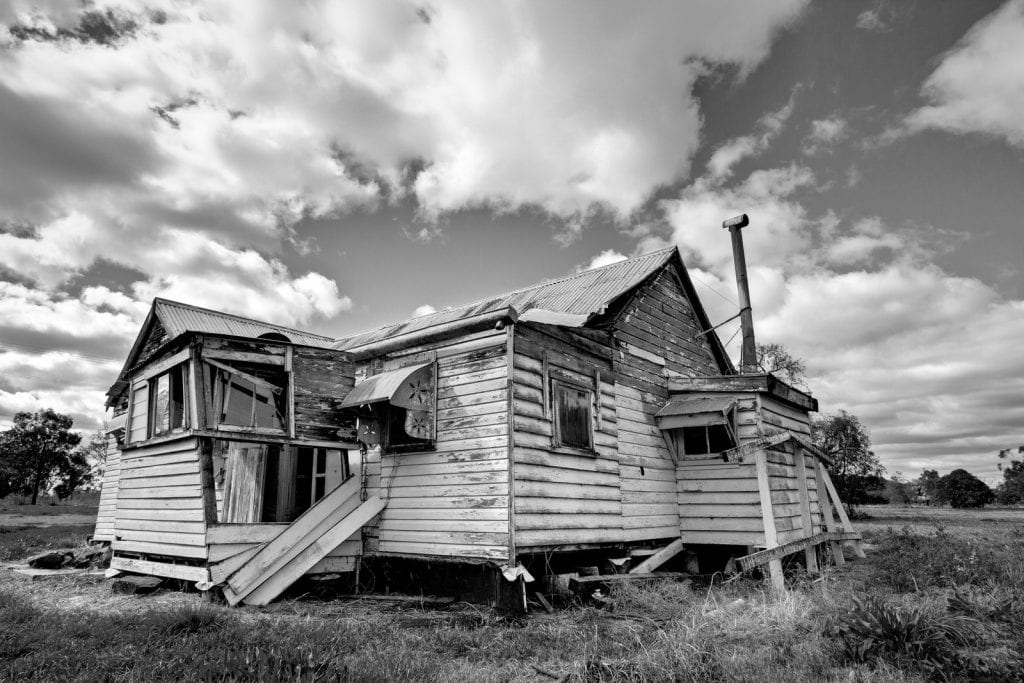Exploring the Intersection of Heritage, Industry, Culture, and Landscape in Mine Transitions

Both mining heritage (e.g., Lawrence et al. 2023) and industrial heritage (e.g., Edensor 2005) are significant aspects of the Australian national legacy. The functional apparatus (Agamben 2009) of mining heritage emphasises recovery and protection of historical objects, which are frequently used in mining tourism and sustainable development. These and other practices of documentation, preservation, and conservation are formed around an ‘endangerment sensibility’ (Vidal & Dias 2015) that responds to an external threat perceived to create risk for these valorised (see Bennett et al. 2017) physical or non-physical objects, which then represent ‘sanctioned memory’ (Meskell 2002, p. 570). Management of risk, however, relies on the risk being calculable, quantifiable, or anticipated. ‘Risk’ to contemporary mines and their future post-mining landscapes is not currently conceivable in this way, and in the absence of identified risk, the functional heritage apparatus is paralysed (Harrison 2020, pp. 33-4). This project will employ critical heritage theory, landscape archaeology, object biography, remote sensing and GIS, historical archaeology, archaeology of the contemporary past, and anthropological ethnography to create an expanded notion of heritage as a suite of processes, materials, and discourses (Lamb & Lee 2022) – beyond the sanctioned memory of valorised objects, risk, and response – and apply this to contemporary fossil fuel extraction sites in Australia, using the New/Acland Coal mine and associated township as a case study.
The project is situated in heritage studies, contemporary archaeology, hydrological studies, historical landscape characterisation, landscape archaeology, ethnography, and technological history. It interests itself with 1) change through time; change to technologies, landscape, topography, surface water, the Acland township, and pastoral/agricultural activities; 2) assessing the landscape as an interactive cultural artefact through time and across different mining technologies. Each of these elements is intricately woven together and impact significantly on each other.
Acland has been a mining town from the early 20th century. Indeed, it remains a location of great significance to the resource extraction industry (New Acland Mine). Mining technologies are a thread that connect all time periods of Acland town, and the project can be partly categorised by time periods that revolve around this mining technology:
- Pre-mining
- Underground mining
- Underground mining, electrified,
- Open-cut mining, Stage 1
- Open-cut mining, Stage 2
- Open-cut mining, Stage 3
Associated with these time periods are various elements that can be assessed:
- Rail
- Regional economy
- Pastoral activity and landscape use
- Topography and surface water hydrology
- Regeneration of mined pits
- Viability of Acland township
Materials and methods include aerial photography, satellite imagery, regenerated mine pits, LiDAR (light detection and ranging), terrestrial laser scanning, and satellite altimetry data, historical documents, oral history, ethnography, archaeological survey, and artefact documentation and analysis.
References:
Agamben, G 2009, “What is an apparatus?” and other essays, Stanford University Press, Stanford.
Bennett, T, Cameron, F, Dias, N, Dibley, B, Harrison, R, Jacknis, I & McCarthy, C 2017, Collecting, ordering, governing: anthropology, museums, and liberal government, Duke University Press, Durham.
Edensor, T 2005, Industrial Ruins: Space, Aesthetics, and Materiality, Berg, New York. Harrison, R 2020, ‘Heritage as future-making practices’, in R Harrison, et al. (eds), Heritage Futures: Comparative Approaches to Natural and Cultural Heritage Practices, pp.20-50.
Lamb, L & Lee, C 2022, Repatriation, Exchange, and Colonial Legacies in the Gulf of Papua: Moving Pictures, Springer, Switzerland.
Lawrence, S, Davies, P, Hil, G, Rutherfurd, I, Grove, J, Turnbull, J, Silvester, E, Colombi, F & Macklin, M 2023, ‘Characterising mine wastes as archaeological landscapes’, Geoarchaeology, vol. 38, no. 4.
Meskell, L 2002, ‘Negative heritage and past mastering in archaeology’, Anthropological Quarterly, vol. 75, no. 3, pp.557-74. Vidal, F & Dias, N 2015, Endangerment, biodiversity and culture, Routledge, New York.
